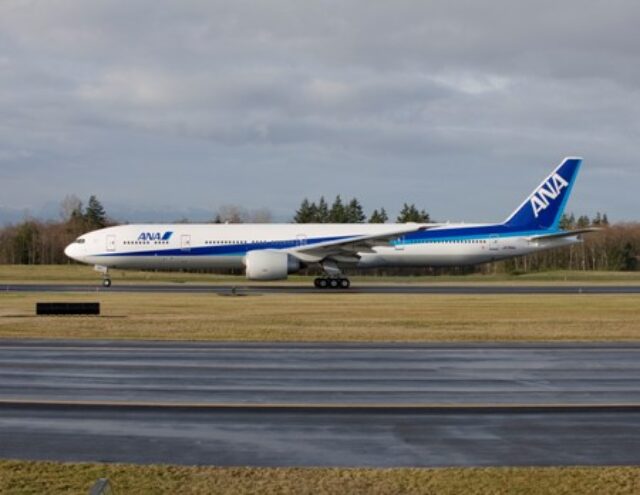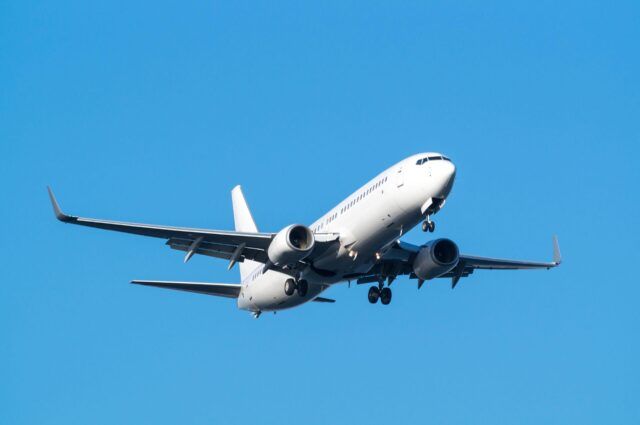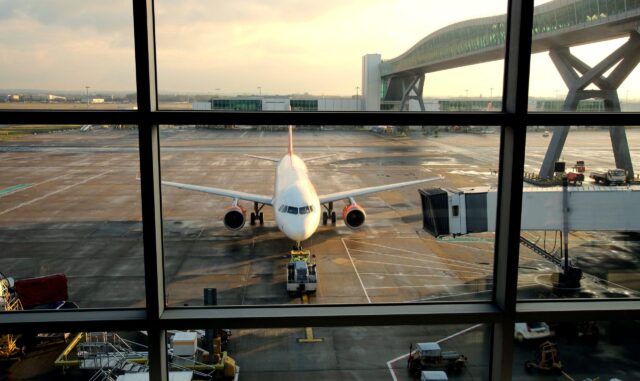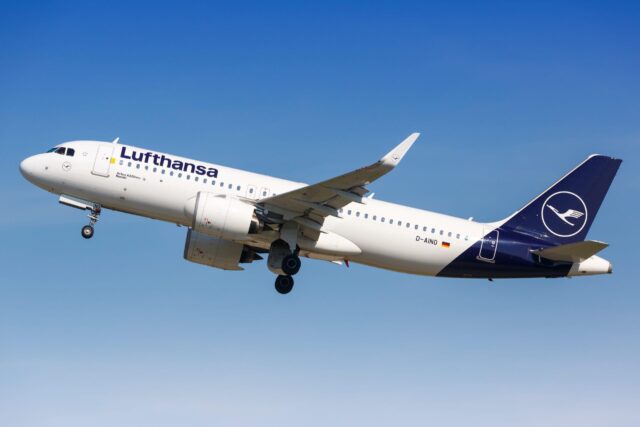Biden’s SecDef questions whether the F-47 contract should have been awarded
April 10, 2025

When President Donald Trump announced that Boeing was being awarded the contract to develop the F-47 to meet the Next Generation Air Dominance (NGAD) fighter on 21 March, he was taking a decision that outgoing Secretary of the Air Force Frank Kendall had consciously and very deliberately deferred. In an Op Ed for Defense News, Kendall is now asking whether the F-47 is “the right airplane for our defense strategy? Is it affordable? Does it displace higher priorities?”
Frank Kendall was Air Force Secretary under the Biden administration from 2021 to 2025, having previously served as the under secretary of defense for acquisition, technology and logistics from 2011 to 2017, under the Obama administration. These two positions gave him a long and close association with the NGAD programme and a deep knowledge of its precursors.
Kendall says that he launched the NGAD programme in 2015, when he was under secretary of defense for acquisition, technology and logistics. Kendall’s Aerospace Innovation Initiative (AII) actually followed Defense Advanced Research Project Agency (DARPA) Air Dominance Initiative studies that completed in March 2014. This explored concepts for air superiority systems for the 2030s for the US Air Force and US Navy, while the Aerospace Innovation Initiative was launched to build experimental prototypes, known as X-planes, that would develop and test high-risk and high-payoff technologies for the next generation of fighters, while also supporting competition and maintaining cutting-edge aircraft design teams in the defense industrial base. The programme produced the technologies that formed the basis of the competing NGAD designs – including what would become the F-47.
Following AII’s success, the Air Force moved on to developing more detailed tactical designs with all of the features, sensors and systems that would be required in order to support the USAF’s mission.
In 2017, Kendall left office, and, in his absence, under the first Trump administration, the Air Force’s Air Superiority 2030 (AS 2030) flight plan evolved into the NGAD programme.
When Kendall returned to the Pentagon as Secretary of the Air Force in 2021, he said that he: “found that the Air Force had decided to pursue a follow-on to the F-22, a fighter designed for manned Penetrating Counter Air, or PCA, missions. Such missions involve flying deep into enemy airspace and fighting against robust, state-of-the-art defences.”
Kendall believed that this resulted in a far more expensive solution that would limit the potential aircraft inventory to small numbers, and that might be unaffordable.
Kendall was lukewarm about the new concept, appeared scandalised by its likely cost and frequently sought to ‘water it down’, pushing a succession of cheaper alternatives. Again and again he railed against the NGAD’s expected price (which was characterised as being three times that of the F-35A). He urged a reframing of the project to embrace an aircraft that would cost the same as an F-35A or F-15EX. He questioned the need to take the air superiority/Offensive Counter Air fight deep into the most contested battlespace, and proposed a lower cost design more focused on Defensive Counter Air. He pushed for a multirole next-generation design, more like the F-35, and even advocated for looking at an actual derivative of the existing fifth generation F-35. Though NGAD is designed to work with uncrewed collaborative combat aircraft, Kendall evangelised for a cheaper aircraft with reduced capabilities of its own, and more optimised to work with CCAs. He raises all of these options again in his Defense News piece.
Kendall wrote that: “Just before I left office, I authored a report for Congress on the Department of the Air Force that the US would need in 2050. I discussed the strategic environment we could expect at that time and what the Air Force and Space Force would need to do to prepare. I predicted a transition to reliance on uncrewed aircraft that would most likely be controlled by crewed aircraft designed for that purpose, providing superior capabilities and putting fewer pilots at risk. The F-47 will be able to control uncrewed aircraft, but it isn’t optimized for that function.”
Trained as a US Army officer, Kendall often seemed to have a relatively shallow appreciation of the more nuanced aspects of air power, while some believe that his service as a systems engineer in missile defense, and then in research and development may have predisposed him to prioritise missiles and unmanned systems, and perhaps even to an over-optimistic view of new and novel technologies (such as unmanned aircraft), and a failure to appreciate their limitations and immaturity.
But the key to understanding Kendall’s lack of enthusiasm for NGAD/F-47 would seem to be economic and budgetary.
In his piece for Defense News, Kendall wrote: “Moreover, whether the F-47 will fit into the Trump administration’s 2026 budget and future years program remains an open question. When the Air Force created its first draft 2026 budget and five-year program in 2024, we concluded we couldn’t afford NGAD no matter how capable and relevant it was.”
Kendall believes that recapitalizing two legs of the nuclear triad via the Northrop B-21 Raider bomber and the Northrop Grummen LGM-35A Sentinel Ground Based Strategic Deterrent (GBSD) ICBM represent higher priorities, along with counter-space weapons and airbase defense.
Kendall points out that this is “the only new crewed fighter aircraft the Air Force will likely pursue for a long time,” and says that over the next five years, the F-47 program will require tens of billions of dollars of additional funding. This makes it imperative that buying the aircraft is the right choice for the future. He urges Congress to demand that the Trump administration should provide a national defense strategy along with its 2026 budget and should justify exactly how the F-47 fits into that strategy.
He is also keen for the administration to show its affordability analysis for the F-47 and provide reassurance that it will not come at the expense of higher priority needs.
Kendall clearly believes that his decision that the F-47 was unaffordable (and the wrong aircraft) was correct, and insists that: “Congress needs to ask what has changed since then.”
















